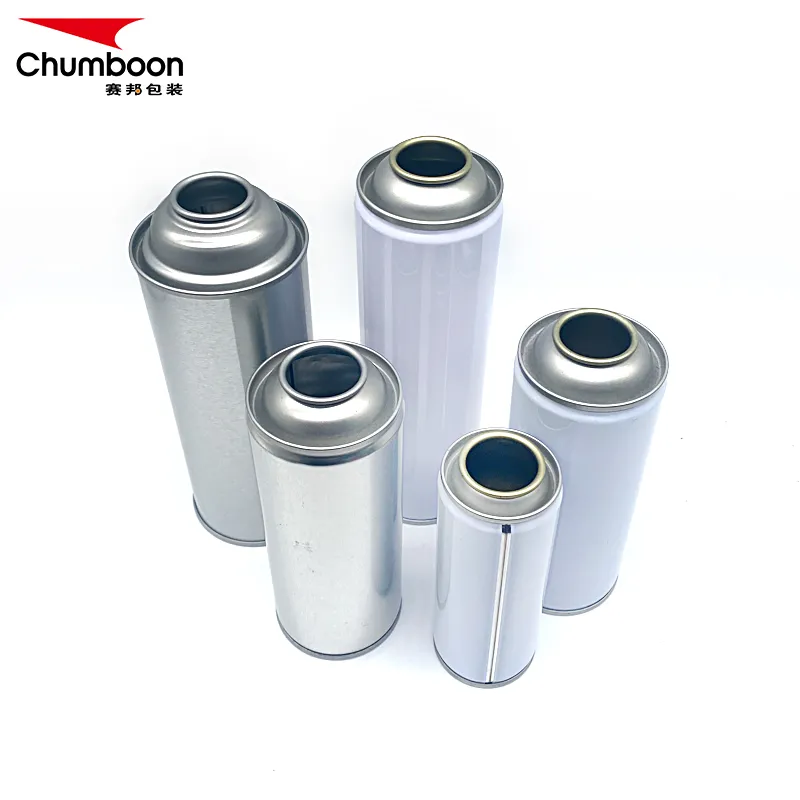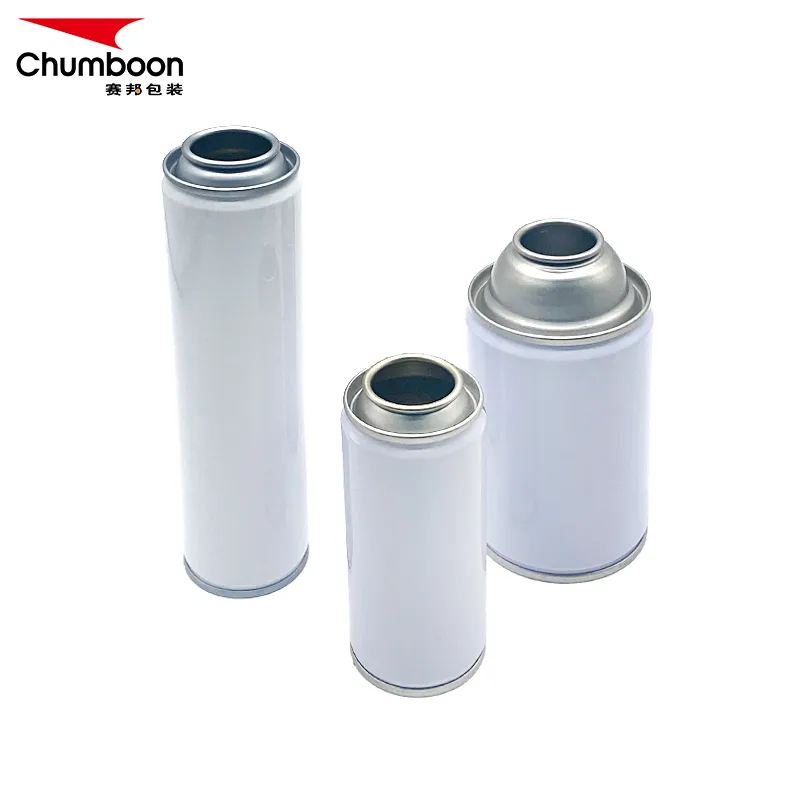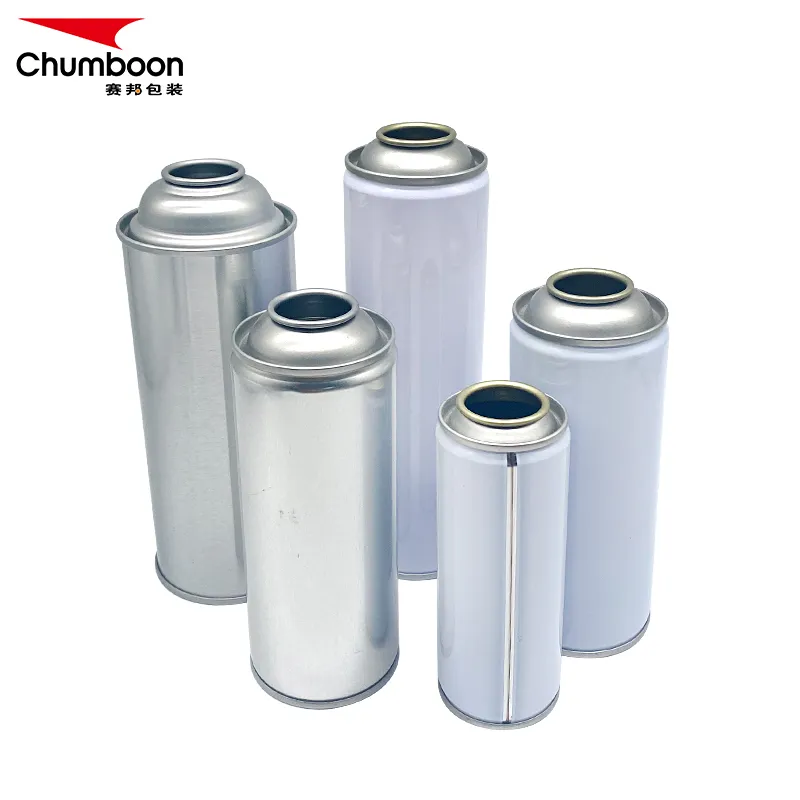In daily life, we often come into contact with a variety of metal cans, such as food cans, beverage cans, aerosol cans, etc. These cans are mainly made of tin or aluminum. Although they may look similar in appearance, there are obvious differences in materials, uses and characteristics.
Correctly distinguishing between tin cans and aluminum cans is of great significance to consumers, manufacturers and the recycling industry. This article will discuss in detail how to distinguish between tin cans and aluminum cans to help readers better understand these two common metal packaging materials.

Comparison of material properties
1. Tin cans
Tin cans are usually made of tinplate, that is, a layer of tin is plated on the surface of the iron sheet. This material has both the strength of iron and the anti-corrosion properties of tin. Tin cans are widely used in the packaging of food, beverages and chemical products due to their good sealing and anti-corrosion properties.
● Density and weight: Tin cans are relatively heavy and have a higher density than aluminum cans.
● Hardness and strength: Tin cans have high strength and hardness and are not easy to deform.
● Anti-corrosion performance: The tin layer can effectively prevent the iron sheet from rusting, thereby extending the service life of the can.
2. Aluminum cans
Aluminum cans are mainly made of aluminum alloys. They are widely used in beverage and food packaging because of their lightness, corrosion resistance and good recyclability. Aluminum cans are usually used to package carbonated beverages, beer, juice, etc.
● Density and weight: Aluminum cans are relatively light and have a lower density than tin cans.
● Hardness and strength: Aluminum cans have lower hardness, but have better ductility and formability.
● Anti-corrosion performance: Aluminum itself has good corrosion resistance and is not easy to rust.
Appearance and feel identification
1. Appearance
● Color and gloss: The surface of tin cans usually has a silvery-white luster, while aluminum cans often have a silver-gray or bright silver luster. The surface of aluminum cans is smoother and more reflective.
● Labeling and printing: The labeling and printing methods of tin cans and aluminum cans are different. The printed patterns of aluminum cans are usually more delicate and colorful, while the printing of tin cans may be slightly rough.
2. Feel
● Weight: Tin cans feel heavier, while aluminum cans appear lighter.
● Hardness: Tin cans have a higher hardness and are not easily deformed when pressed by hand, while aluminum cans are softer and are easily pressed out of depression.

Application fields and uses
1. Application of tin cans
Tin cans are widely used in the packaging of food cans, condiments, candies, biscuits and other foods, as well as chemical products such as paints and coatings. Its excellent sealing and anti-corrosion properties make it an ideal choice for storing long-term food and chemical products.
2. Application of aluminum cans
Aluminum cans are mainly used for beverage packaging, such as carbonated drinks, beer, juice, etc. In addition, aluminum cans are also used for certain food packaging, such as canned coffee, tea, etc. The lightness and excellent corrosion resistance of aluminum cans make them the first choice for portable beverage and food packaging.
Environmental protection and recycling
1. Recycling of tin cans
The recycling process of tin cans is relatively complicated, and the tin layer on the surface needs to be removed first, and then the iron is recycled. Despite this, the recycling rate of tin cans is still high, and the recycling process can effectively reduce resource waste.
2. Recycling of aluminum cans
The recycling of aluminum cans is relatively simple, and the aluminum regeneration process consumes less energy and has a high recycling value. The recycling rate of aluminum cans ranks among the top among all types of metal packaging, and its environmental performance is better than that of tin cans.
Laboratory testing
In some professional fields, distinguishing tin cans from aluminum cans requires the help of laboratory testing methods.
1. Spectral analysis
Through spectral analysis, the chemical composition of the can material can be accurately detected to determine whether it is a tin can or an aluminum can. This method is highly accurate, but requires professional equipment and technicians to operate.
2. X-ray fluorescence (XRF) analysis
XRF analysis is a non-destructive testing method that can quickly detect the composition of metal cans. By analyzing the fluorescence emitted from the surface of the can, its material composition can be determined.
3. Hardness test
The hardness of the can can be measured using a hardness tester to distinguish between tin cans and aluminum cans. Tin cans are usually harder than aluminum cans, and hardness tests can effectively identify the two.

Market demand and trends
1. Market demand
Due to the improvement of environmental awareness and changes in consumer demand, the market demand for tin cans and aluminum cans shows different trends. Aluminum cans are light and easy to recycle, and the demand is increasing, especially in the beverage industry. Tin cans, on the other hand, maintain a stable demand in the food and chemical fields, and are still favored by the market due to their excellent sealing and anti-corrosion properties.
2. Future trends
● Environmental protection and sustainable development: With the continuous tightening of environmental regulations, the market share of aluminum cans may continue to grow in the future. At the same time, the production and recycling processes of tin cans will also develop in a more environmentally friendly and sustainable direction.
● Technological innovation: In the future, with the continuous advancement of technology, the production processes of tin cans and aluminum cans will be more refined and efficient, further improving product quality and environmental performance.
● Multifunctional and intelligent: In the future, metal cans will not only be packaging containers, but may also be combined with intelligent technology to achieve real-time monitoring of product status and information transmission.
Conclusion
Distinguishing between tin cans and aluminum cans is not only a technical issue, but also involves multiple aspects such as material science, environmental awareness and market demand. By understanding the material properties, appearance and feel, application areas, environmental protection and recycling, laboratory testing, etc. of tin cans and aluminum cans, you can better choose and use these two common metal packaging materials.

